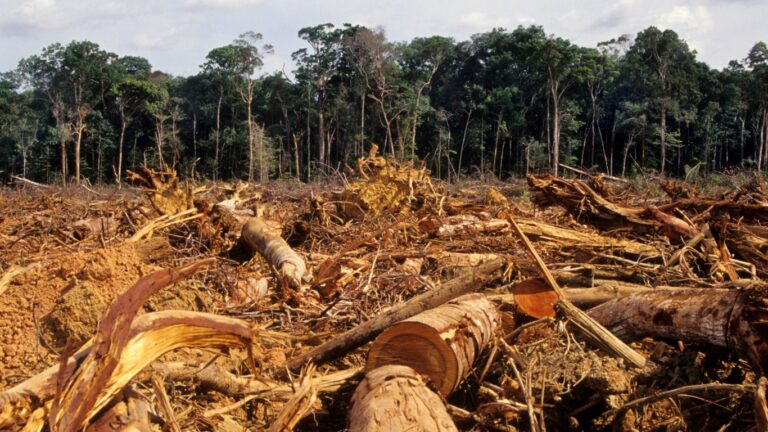Climate Whiplash Undermines California’s Economy

California may be the American capital of climate whiplash, defined as wild and violent swings in temperature or water availability. California has been home to what was called a 1,200 drought, and most recently, rainfall has been the heaviest in decades in some parts of the state.
News: California’s billion-dollar river in the sky
The greater Los Angeles area has just received a foot of water in a day as the river of water in the sky, sometimes known as the Pineapple expressed, pushed by high winds, brought moisture from the historically warm Pacific Ocean near Hawaii. The LA Airport was damaged by 100 miles an hour of winds as the storm reached the coast. This will trigger billions of dollars in costs due to damage to infrastructure, homes, businesses, business interruption, and insurance payouts.
More important, and probably more costly, is how California has to adjust to future weather. Should it prepare for droughts that have cut the water levels of lakes and the Colorado River? Should it prepare for deep snow on mountains that melt in the winter and create abundant water?
In May 2022, CNN reported, “The two largest reservoirs in California are already at ‘critically low levels,’ and the dry season is just starting.” However, one of these recently, Lake Shasta, was nearly full. According to CBS, the Shasta Dam will be opened “to increase the release from 5,000 to 15,000 cubic feet per second.”
With swings so great, land and water management are impossible. The California Blueprint for Water Resilience and Drought Response planned to spend $2.8 billion on a one-time basis, starting in 2022. Is it enough? Perhaps, but not for the reasons for which it was created. Moody’s estimated that flooding caused by storms off the Pacific in early 2023 would cost the economy as much as $7 billion. Drought and flooding in California, therefore, cost huge amounts of money within two years from one another.
Climate whiplash has been described as an increasing part of global warming. There is no better illustration than California over the last three years.
More from ClimateCrisis 247
- Global Deal On Plastic Pollution Falls Apart
- Lies About Climate Disaster Could Be Blocked By AI
- Phoenix Posts 13 Days Over 110 Degrees
- Only One Nation In The World Can Feed Itself






